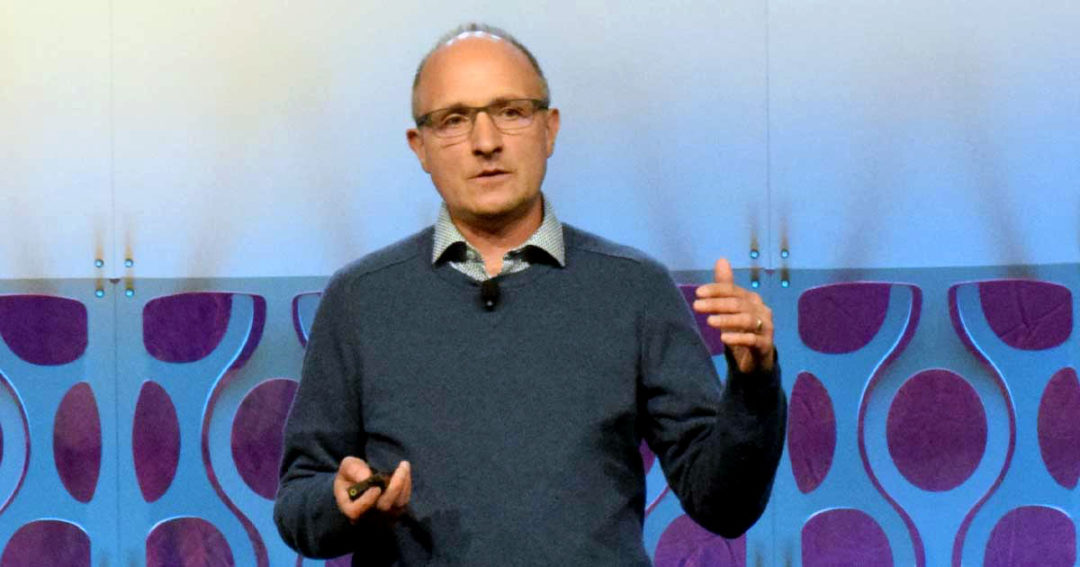
Learning from Amazon’s invention machine
How the e-commerce giant’s principals can transfer to credit unions.
Listen to the article
Amazon has changed significantly since starting in Jeff Bezos’ garage in the 1990s.
Now one of the world’s most valuable companies, Amazon attributes its ability to scale to its organizational connectivity and leadership principles. According to former Amazon Chief of Staff Colin Bryar, many of Amazon’s principles can apply to businesses of all sizes and industries, including credit unions.
Bryar and Bill Carr authored “Working Backwards” to tell Amazon’s story, explain how the company works, and educate the next generation of business leaders.
Bryar believes much of Amazon’s success can be attributed to answering questions most businesses face such as, how do you hire the right people and maintain high quality? How do you organize a team? How do you communicate and make decisions? And how do you use metrics to measure what matters?
“There’s a phrase Jeff coined in the mid-2010s, Amazon’s ‘invention machine,’” says Bryar, speaking Thursday at the 2022 Co-op THINK Conference in Chicago. “He wanted Amazon to be an invention machine that continuously spurns out new innovations across a wide portfolio of businesses.”
To build that machine, Amazon needed to create a well-organized model that could be used throughout the portfolio. Bryar notes that most of Amazon’s processes developed when the company was much smaller, and paid dividends throughout its growth.
The backbone of Amazon’s scalable processes are its 16 leadership principles: customer obsession; ownership; invent and simplify; are right, a lot; learn and be curious; hire and develop the best; insist on the highest standards; think big; bias for action; frugality; earn trust; dive deep; have backbone, disagree, and commit; deliver results; strive to be Earth’s best employer; and success and scale bring broad responsibility.
“We wanted to create an actionable framework to make consistent decisions,” Bryar says, adding that the principles are useful when Amazon employees need to make decisions fast and when senior executives aren’t in the room, and when they have less data than they’d like. “You don’t have to memorize every word, you just live by the principles in your everyday actions.”
Amazon’s first scalable process was creating a repeatable, formal hiring process that allowed the company to consistently make good decisions and find candidates that fit the leadership principles. As Amazon grew, organization became essential, and the company built a model for separable, single-threaded leadership that empowers employees to act.
The leadership model includes:
- Identifying the right leader. Give them the time and resources to figure out how to make an idea a reality.
- Creating a plan and aligning with the executive team. Define what the plan is and where you want to end up.
- Deciding on control and audit processes. Determine how you’ll measure success and set up regular quantitative check-ins.
- Establishing functional countermeasures. Build processes to make sure knowledge gets shared across groups.
- Staffing the team and attracting employees by demonstrating how you can add value and solve problems for consumers, Bryar says. “You want people to be excited about it.”
- Removing dependencies and instrument systems. Look at dependencies and determine how to remove them and measure progress.
With the organizational model in place, bringing an idea to fruition relies on communication and decision-making. If an Amazon employee has an idea, the first thing they do is write a press release that answers four questions: Who’s the customer? What’s the problem you’re trying to solve? What’s our solution? Can we reasonably expect the customer to change their behavior?
They then create and answer frequently asked questions that require them to think about all angles of the idea and, more importantly, who it’s helping.
“It’s about being member obsessed and making sure the members are there,” Bryar says. “How much time have we saved consumers? How long did it take to get approved for a type of credit? We want to measure those things and reduce them over time.
“You have limited resources for innovation, so you have to know where to place your efforts. It’s knowing consumer needs and being laser focused on what you need to do to serve those needs.”